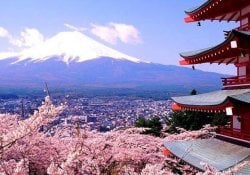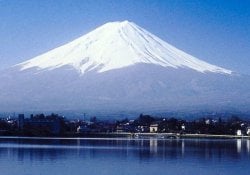Mount Fuji, located in Japan, is one of the most famous and desired climbing destinations for mountaineers and tourists around the world. At 3,776 meters high, this iconic mountain is one of the symbols of the country. In this article, you will find a complete guide on how to safely climb Mount Fuji and enjoy an unforgettable experience.
Climbing Mount Fuji is a unique and unforgettable experience. In addition to the satisfaction of reaching the summit, you will have the opportunity to enjoy spectacular views of the sunrise or sunset, as well as the breathtaking scenery around the mountain. Don't forget to bring a camera to record these incredible moments.
We also recommend reading:
- Monte Fuji, Falcão ou Berinjela - What is the Hatsuyume?
- The Great Wave off Kanagawa and the 36 Views of Mount Fuji
- The best places to see Mount Fuji
Índice de Conteúdo
Can anyone climb Mount Fuji?
Mount Fuji is an accessible mountain for most people who are in good health, reasonably fit and willing to take on the challenge. Remembering that you don't literally have to reach the top, you can try to reach as much as you want, or even climb most of the mountain by car.
Anyone wishing to climb Mount Fuji must carefully plan the adventure, choosing the proper route, checking the weather conditions, preparing physically, and ensuring that they have the necessary equipment for the climb.
While you don't need to be an experienced mountaineer to climb Mount Fuji, having some hiking and outdoor experience can come in handy. Some routes, like the Yoshida Route, are friendlier for beginners and offer better tourist infrastructure.
The summit of Mount Fuji is 3,776 meters above sea level, which can lead to altitude sickness such as nausea, headache and fatigue. It is important to be aware of these risks and know how to deal with them.
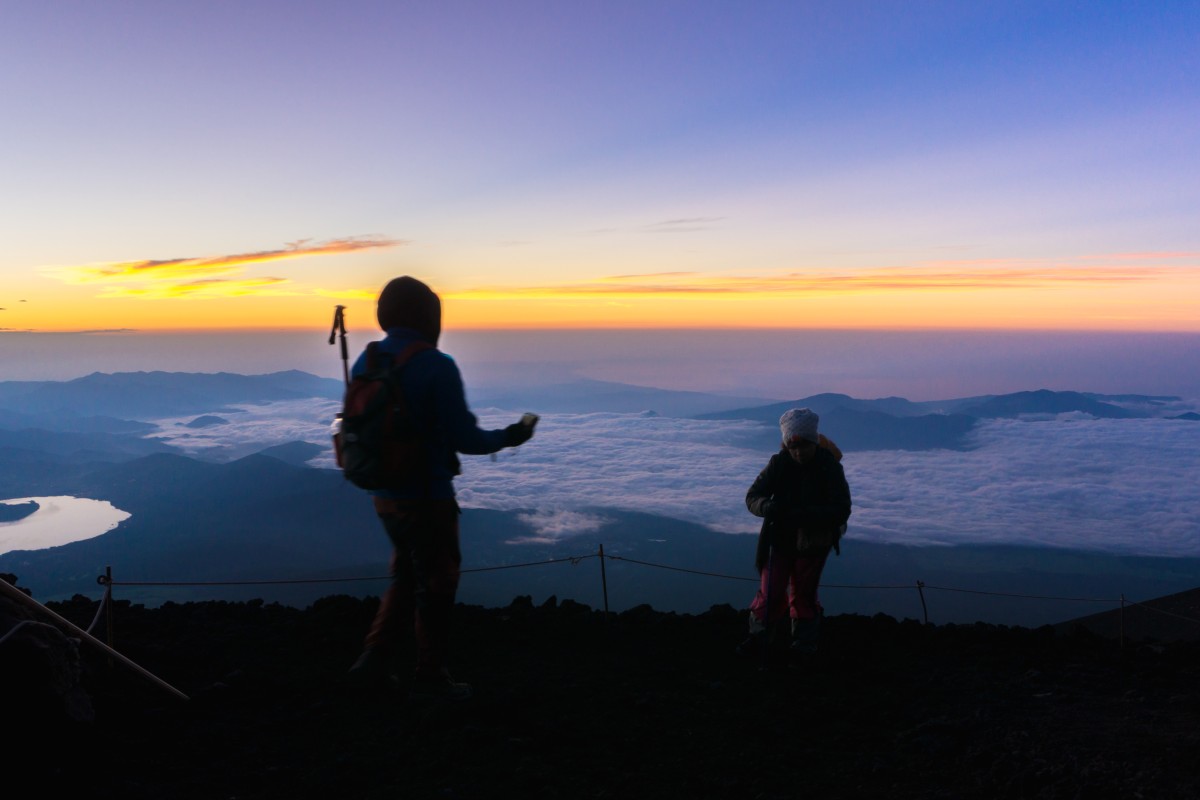
Best time to climb Mount Fuji
Mount Fuji's official climbing season runs from July to September, which is the best time to climb due to more favorable weather conditions. During the winter, the mountain is covered with snow, making climbing dangerous and inadvisable for most adventurers.
During winter, mountain temperatures can drop below zero. These conditions make climbing dangerous and inaccessible for most mountaineers and tourists.
While the entire Mount Fuji climbing season, from July to September, is suitable for adventure, the month of August is considered the best month to climb the mountain due to the hot and dry weather, as well as the holidays, increasing the flow of people. and security.
Why climb in the summer season?
During Japan's summer, Fuji0-san's climbing season, rescue teams and medical services are also more available and alert than any other time of the year, due to the high demand of people climbing.
In addition to the super-cold weather, infrastructure and services along Mount Fuji climbing routes may not be available outside of the summer season.
Climbing season is the time when more people are present on the mountain. This social atmosphere can make the experience more rewarding and exciting, allowing you to make new friends and share the journey with fellow mountain enthusiasts.
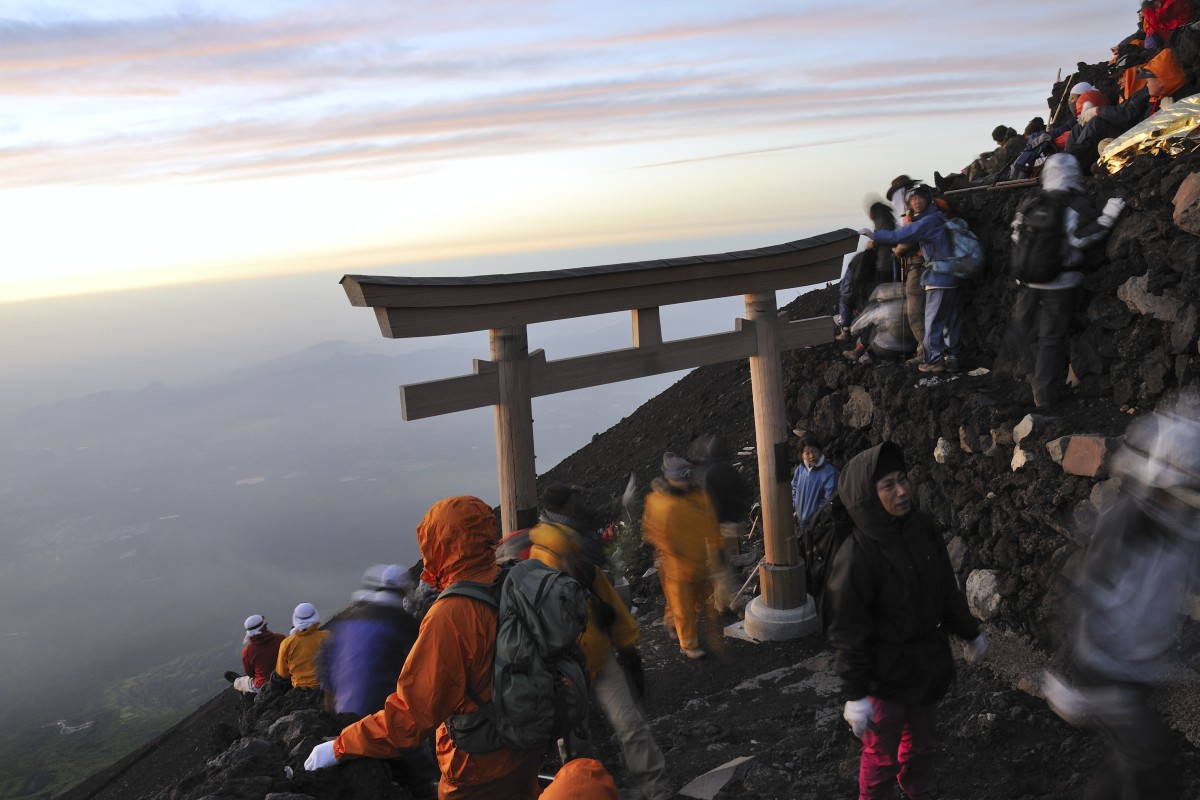
What's on top of Mount Fuji?
At the summit of Mount Fuji, you will find several facilities, monuments and points of interest that make the experience of reaching the top even more rewarding. Some of the attractions and amenities at the summit include:
- Mount Fuji Crater: The main crater is approximately 500 meters in diameter and 250 meters deep. You can walk around the rim of the crater, known as “Ohachi-Meguri”, enjoying panoramic and unique views.
- Shrines and Temples: There are several shrines and temples on the summit, including Kusushi Shrine and Okumiya Shrine, where visitors can offer prayers and receive blessings.
- Summit Landmark: An official landmark marks the highest point on Mount Fuji, where you can take pictures to commemorate your achievement.
- Shops and restaurants: There are a few shops and restaurants at the summit where climbers can buy souvenirs, refuel and enjoy a hot meal.
- Mountain shelters: There are a few mountain huts at the summit, which provide basic accommodation and allow visitors to rest before starting the descent.
- observation point: There is an observation point at the summit, from where you can enjoy spectacular views of the neighboring towns, mountains and surrounding landscapes.
- Sunrise and sunset: Many climbers time their summit arrival to coincide with sunrise or sunset, providing a truly unforgettable experience and breathtaking views.
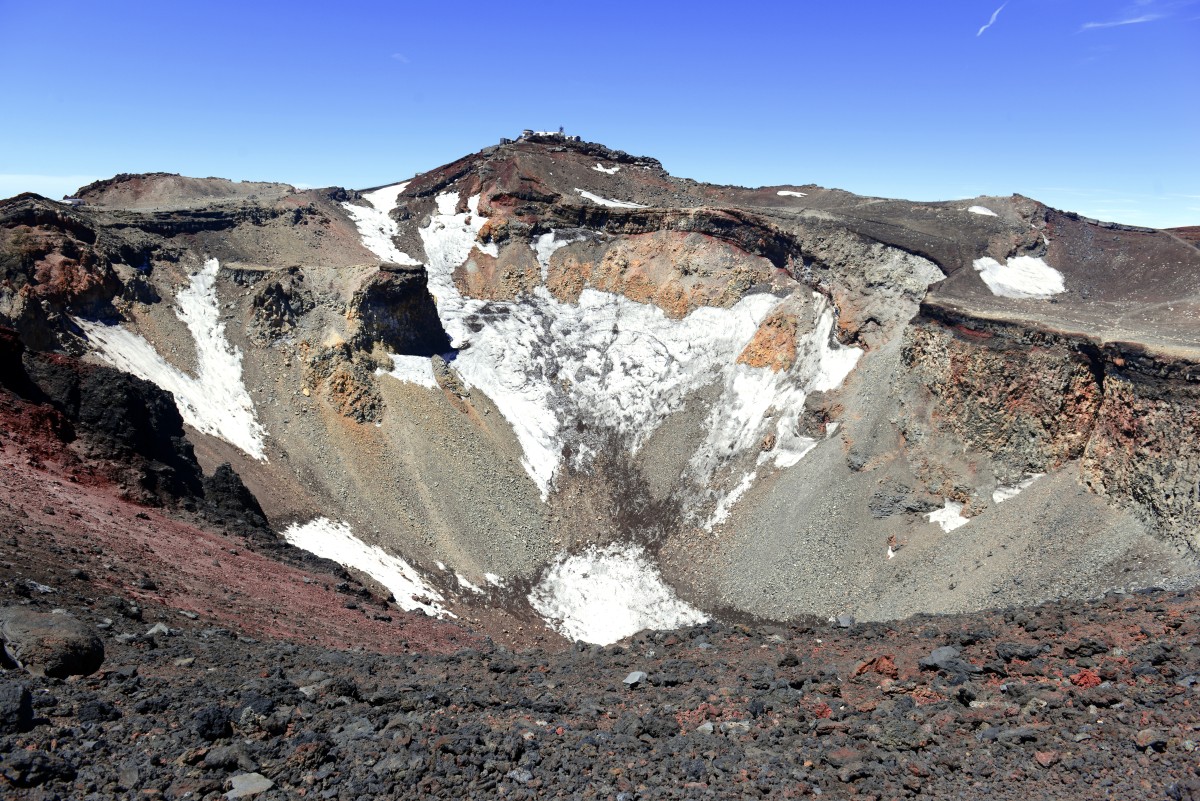
The article is still halfway through, but we recommend also reading:
Routes to Climb Mount Fuji
There are four main routes to climb Mount Fuji:
Yoshida route
- Total distance: 14 km (round trip)
- Starting altitude: 2,300 meters
- Average climbing time: 5 to 7 hours (uphill) and 3 to 5 hours (downhill)
The Yoshida Route is the most popular and easiest of the four routes. It has a well-developed tourist infrastructure, including mountain huts and rest points. Ideal for beginners and people with little mountaineering experience.
Subashiri Route
- Total distance: 16 km (round trip)
- Initial altitude: 2,000 meters
- Average climbing time: 5 to 8 hours (uphill) and 3 to 5 hours (downhill)
The Subashiri Route is known for its beautiful forests and less steep terrain at the beginning. It is a good option for those looking for a moderate challenge and stunning scenery.
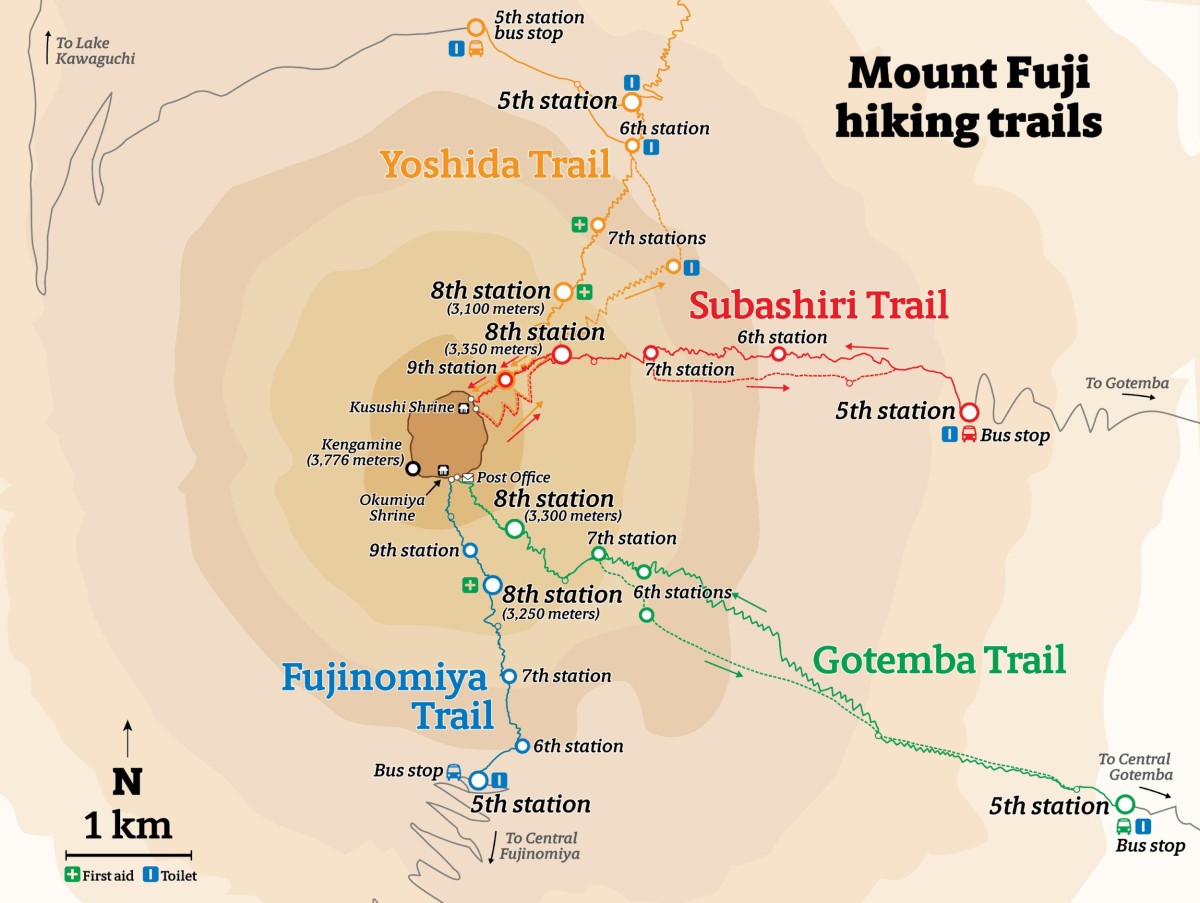
Gotemba route
- Total distance: 18 km (round trip)
- Starting altitude: 1,450 meters
- Average climbing time: 7 to 10 hours (uphill) and 3 to 6 hours (downhill)
The Gotemba Route has a steeper slope and fewer shelters. It's for experienced climbers who want to avoid the crowds and don't mind a longer, more challenging hike.
Fujinomiya route
- Total distance: 11 km (round trip)
- Starting altitude: 2,400 meters
- Average climbing time: 4 to 6 hours (uphill) and 2 to 4 hours (downhill)
The Fujinomiya Route is the shortest to the summit, but also the steepest. It is recommended for experienced and physically fit climbers looking for a greater challenge and shorter climbing time.
These average climbing distances and times may vary according to the climber's speed, experience and physical condition. It is important to properly plan and prepare for your chosen route and be aware of the differences between them.
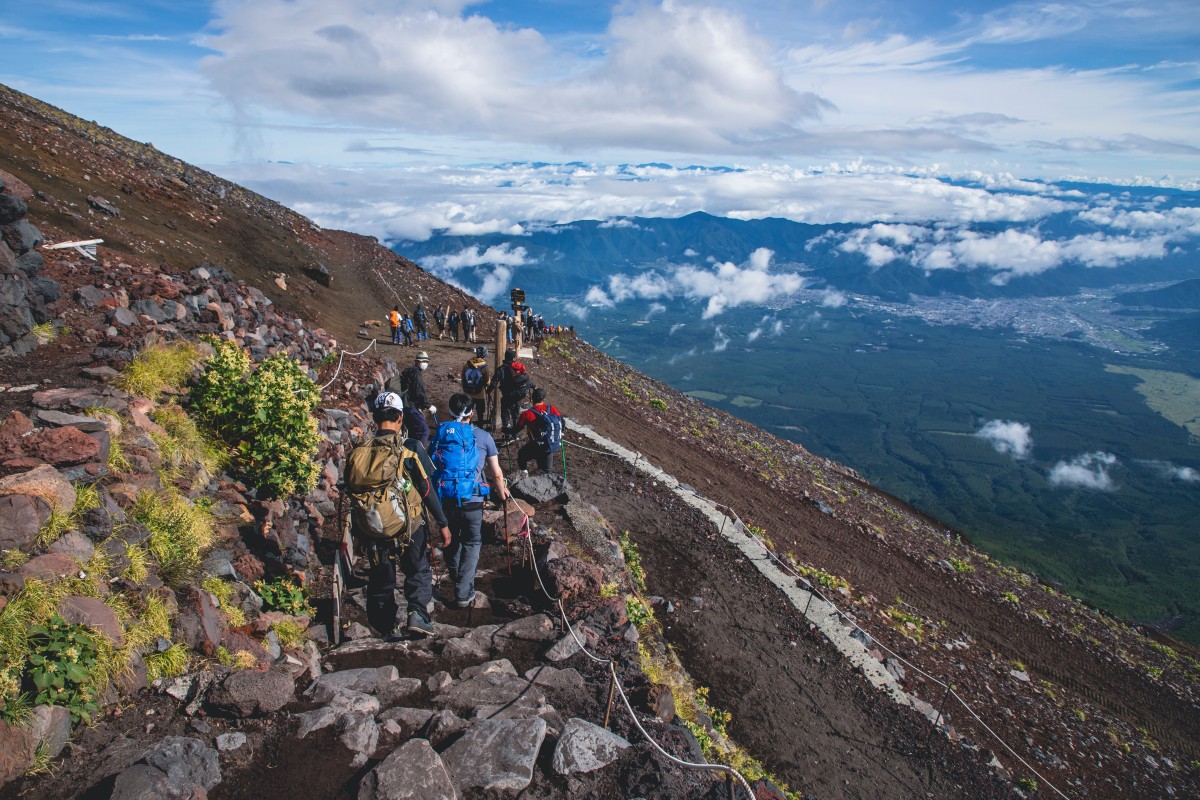
What does it take to climb Mount Fuji?
To successfully and safely climb Mount Fuji, it's important to be prepared and pack essentials. Here is a list of things you need to consider and arrange before climbing Mount Fuji:
- Physical preparation: Make sure you are in good physical shape and train properly for the climb. Walking and regular aerobic exercise can help improve your stamina and prepare you for the challenge.
- Appropriate equipment and clothing: Dress in layers and wear weather-appropriate clothing, including a waterproof jacket, pants, breathable T-shirt, trekking socks, and a pair of sturdy, comfortable hiking boots. Also bring a hat, sunglasses and sunscreen to protect yourself from the sun.
- Schoolbag: Choose a comfortable, properly sized backpack to carry your personal items, snacks, water and gear.
- Food and hydration: Pack enough water and energy-rich snacks to keep you hydrated and energized during your climb. There are water and food outlets on the trails, but it's always good to have your own supplies.
- Maps and route information: Study your chosen route and familiarize yourself with key landmarks, mountain huts and landmarks along the way.
- Lantern or lighthouse: If you plan on climbing during the night or starting the hike before dawn, it's important to bring a flashlight or headlamp, as well as extra batteries.
- First aid kit: Carry a basic first-aid kit, including band-aids, gauze, disinfectant, pain relievers, and any personal medication you may need.
- Extra Accessories: Other useful items include a camera or smartphone to take pictures, a whistle for emergencies, a raincoat and hiking poles to help with stability and balance.
When climbing Mount Fuji, it is important to respect the environment and follow established rules to ensure the preservation of the mountain. Avoid littering, respect the local flora and fauna, and follow the marked trails.
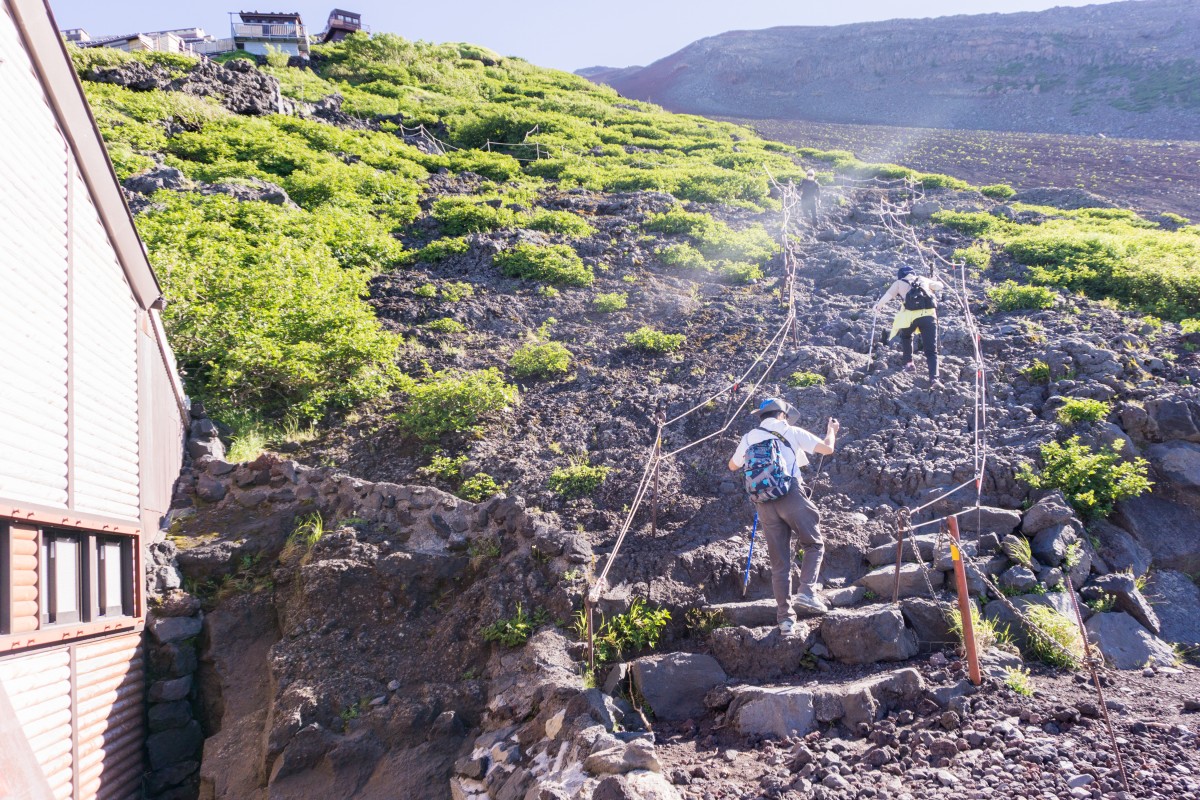
safety tips
Some safety tips to ensure a smooth and safe climb include:
- Find out about weather conditions before starting the climb
- Do not exceed your physical limits and rest when necessary
- Stay hydrated and fueled while climbing
- Be aware of altitude-related signs of malaise such as nausea, headache, and fatigue



